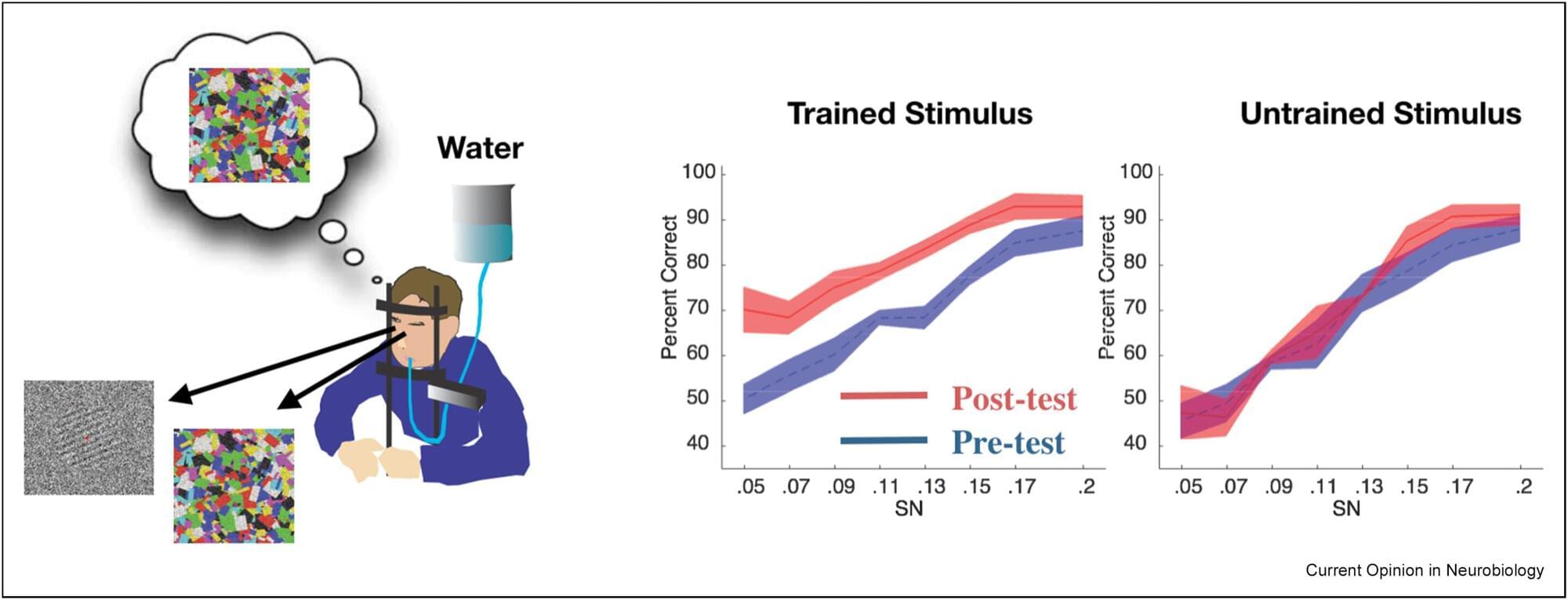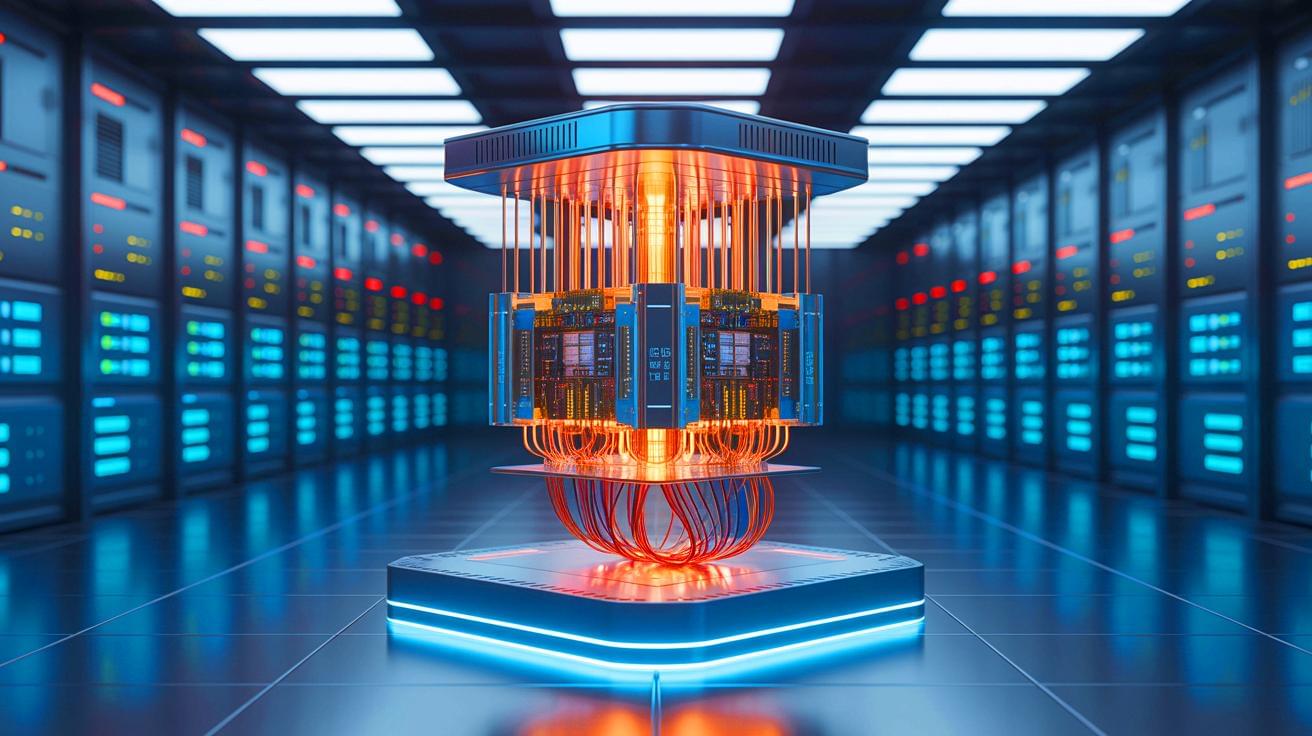Microsoft scientists developed a 4D geometric coding method that reduces errors 1,000-fold in quantum computers.



LONDON, Ont. – Dementia poses a major health challenge with no safe, affordable treatments to slow its progression.
Researchers at Lawson Research Institute (Lawson), the research arm of St. Joseph’s Health Care London, are investigating whether Ambroxol — a cough medicine used safely for decades in Europe — can slow dementia in people with Parkinson’s disease.
Published today in the prestigious JAMA Neurology, this 12-month clinical trial involving 55 participants with Parkinson’s disease dementia (PDD) monitored memory, psychiatric symptoms and GFAP, a blood marker linked to brain damage.
Parkinson’s disease dementia causes memory loss, confusion, hallucinations and mood changes. About half of those diagnosed with Parkinson’s develop dementia within 10 years, profoundly affecting patients, families and the health care system.



When was the last time you sat down and tried to learn something? How did you approach it? Did you make flashcards for hard-to-remember terms and concepts, ask a friend to quiz you on the subject or simply jump into the deep end with a new project?
New research from Northeastern University psychology professor Aaron Seitz published in Current Opinion in Neurobiology suggests that whenever we learn something new—if we’re successful—what we’ve actually done is tricked our brains into a learnable state. He calls this “incidental learning.”
“‘Incidental learning’ typically refers to what we learn without explicit intention,” Seitz says. A good example of this comes from “statistical regularity” in one’s surroundings, he says.




IN A NUTSHELL 🚀 Nord Quantique introduces a revolutionary bosonic qubit design that integrates error correction directly into its structure. 🌱 The new quantum computers are significantly energy-efficient, using only a fraction of the power required by traditional systems. 🔧 Utilizing multimode encoding, Nord Quantique’s system achieves a 1:1 ratio of physical to logical qubits.
